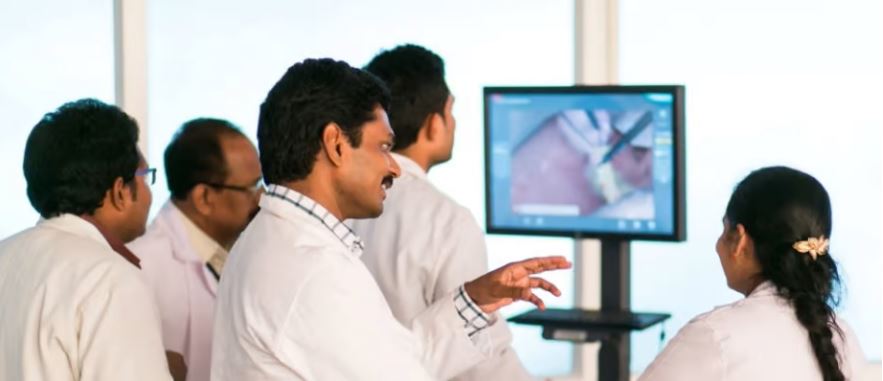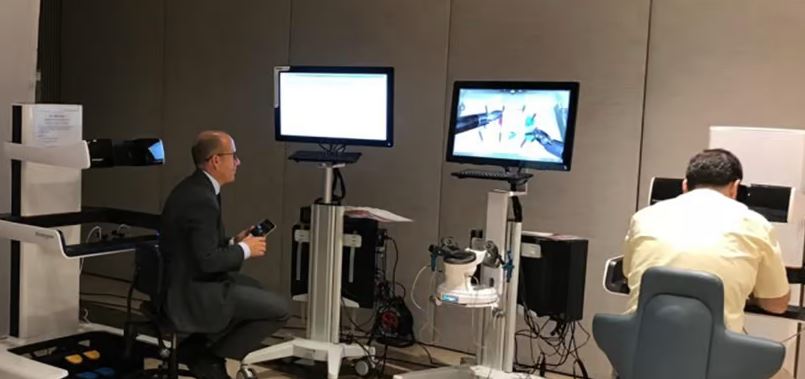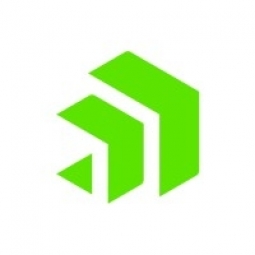Customer Company Size
Large Corporate
Region
- America
Country
- United States
Product
- MarkLogic
Tech Stack
- Lucene
- MarkLogic
Implementation Scale
- Enterprise-wide Deployment
Impact Metrics
- Cost Savings
- Customer Satisfaction
- Productivity Improvements
Technology Category
- Platform as a Service (PaaS) - Data Management Platforms
Applicable Industries
- Education
Applicable Functions
- Product Research & Development
- Sales & Marketing
Use Cases
- Real-Time Location System (RTLS)
- Search & Rescue
Services
- Software Design & Engineering Services
About The Customer
The American Psychological Association (APA) is a major academic publisher of journals and books. Founded in 1892, APA's primary objective has been the exchange of scientific information. The APA has 150,000 members and 54 divisions in the subfields of psychology. The Office of Publications and Databases, a major division of the APA, publishes an array of scholarly journals, dozens of books annually, and several academic databases including PsycINFO and PsycARTICLES. The APA's website gets more than one million hits a day, making it the premier provider of information in the discipline of psychology.
The Challenge
The American Psychological Association (APA) was facing challenges with its existing search engine, Lucene. The search response times were inconsistent, leading to a poor user experience. Moreover, the delivery of content to APA users was slow, taking up to 48 hours to prepare, deliver, and post content on APA websites. This was unacceptable as APA is the authoritative source for this content, and timely online availability is crucial to the authors, readers, and business partners who depend on it.
The Solution
APA replaced Lucene with MarkLogic to speed up content delivery and search results. Early proofs of concept showed MarkLogic would quickly alleviate APA’s pain points. Query speeds consistently hit under one second in testing. Less than 4 months later, APA had completely moved search from Lucene to MarkLogic with no downtime. Customers are already praising the faster response times. Index maintenance is now a small portion of one person’s job which has freed up two developers to focus on new features and performance improvements instead of keeping up a legacy system. That enabled the team to add spell suggest and typeahead features just a few weeks after deploying the search. The APA also was also able to reduce the server count from ten to three.
Operational Impact
Quantitative Benefit

Case Study missing?
Start adding your own!
Register with your work email and create a new case study profile for your business.
Related Case Studies.

Case Study
Revolutionizing Medical Training in India: GSL Smart Lab and the LAP Mentor
The GSL SMART Lab, a collective effort of the GSL College of Medicine and the GSL College of Nursing and Health Science, was facing a challenge in providing superior training to healthcare professionals. As clinical medicine was becoming more focused on patient safety and quality of care, the need for medical simulation to bridge the educational gap between the classroom and the clinical environment was becoming increasingly apparent. Dr. Sandeep Ganni, the director of the GSL SMART Lab, envisioned a world-class surgical and medical training center where physicians and healthcare professionals could learn skills through simulation training. He was looking for different simulators for different specialties to provide both basic and advanced simulation training. For laparoscopic surgery, he was interested in a high fidelity simulator that could provide basic surgical and suturing skills training for international accreditation as well as specific hands-on training in complex laparoscopic procedures for practicing physicians in India.

Case Study
IoT platform Enables Safety Solutions for U.S. School Districts
Designed to alert drivers when schoolchildren are present, especially in low-visibility conditions, school-zone flasher signals are typically updated manually at each school. The switching is based on the school calendar and manually changed when an unexpected early dismissal occurs, as in the case of a weather-event altering the normal schedule. The process to reprogram the flashers requires a significant effort by school district personnel to implement due to the large number of warning flashers installed across an entire school district.

Case Study
Implementing Robotic Surgery Training Simulator for Enhanced Surgical Proficiency
Fundacio Puigvert, a leading European medical center specializing in Urology, Nephrology, and Andrology, faced a significant challenge in training its surgical residents. The institution recognized the need for a more standardized and comprehensive training curriculum, particularly in the area of robotic surgery. The challenge was underscored by two independent studies showing that less than 5% of residents in Italian and German residency programs could perform major or complex procedures by the end of their residency. The institution sought to establish a virtual reality simulation lab that would include endourological, laparoscopic, and robotic platforms. However, they needed a simulator that could replicate both the hardware and software of the robotic Da Vinci console used in the operating room, without being connected to the actual physical console. They also required a system that could provide both basic and advanced simulation training, and a metrics system to assess the proficiency of the trainees before they performed surgical procedures in the operating theater.

Case Study
Edinburgh Napier University streamlines long-distance learning with Cisco WebEX
• Geographically dispersed campus made in-person meetings costly and inconvenient.• Distance-learning programs in Malaysia, India, and China required dependable, user-friendly online tools to maximize interaction in collaborative workspaces.• Virtual learning environment required a separate sign-in process, resulting in a significant administrative burden for IT staff and limited adoption of collaboration technology.

Case Study
8x increased productivity with VKS
Before VKS, a teacher would spend a lot of time showing a group of 22 students how to build a set of stairs within a semester of 120 hours. Along with not leaving the teacher much time to provide one-on-one support for each student to properly learn carpentry, it also left a considerable amount of room for error. Key information would be misinterpreted or lost as the class was taught in the typical show-and-tell way.

Case Study
Scalable IoT Empowering GreenFlex's Sustainable Growth
GreenFlex, a company that supports sustainable development, decarbonization, and energy efficiency, faced several challenges in its quest to expand its business. The company needed to deploy a robust and sustainable IoT technology to support its growth. It was crucial for them to monitor and control devices at customer sites in a safe and reliable manner. They also needed to integrate devices across a range of communication protocols and gather and act on data to meet efficiency targets. GreenFlex had previously built IoT capabilities into its digital platform, GreenFlexIQ, to monitor and manage customer sites remotely. However, they soon realized that they needed a new platform to support their ambitions. They needed a platform that could scale to connect more devices for production management and make it easier for the operations team to manage devices in the field.







